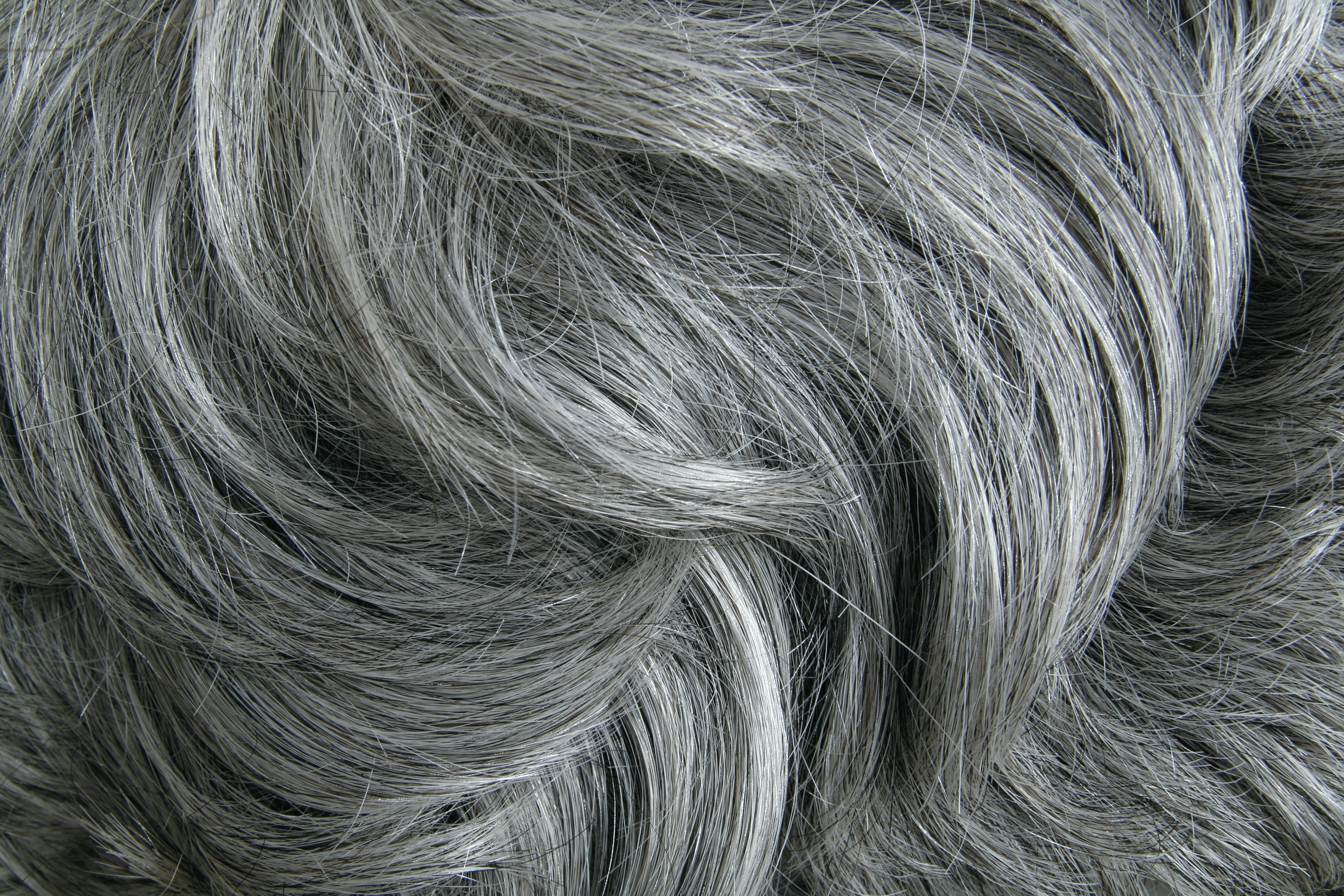Why does human hair turn gray?
As we age, we typically undergo a variety of physical changes. Perhaps one of the most noticeable of these is our hair turning gray. The color of our hair comes from a pigment called melanin, which is also used to give our skin and eyes their color. The color and shade of our hair depends on the amount and combination of melanin that is deposited into the hair shaft (the part we are able to see).
Appears InWithin our skin is the base of our hair, which is called the hair follicle. The hair follicle contains a special group of stem cells that are needed to make our hair. As we age, our cells wear out and need to be replaced, which is the job of the hair follicle stem cells. These stem cells can replace two different types of cells. The first cell type is the keratinocyte, which will make a new hair shaft and enable us to regrow our hair after it falls out. The second type of cell is called the melanocyte, which makes the melanin that is then deposited into the hair shaft.
However, the older we get, the less our stem cells are able to replace these worn out melanocytes. This means we don’t make as much melanin as we used to, and our hair turns gray.
Alysia Mortimer, assistant professor, School of Biological Sciences
Our top faculty experts answer questions from the Illinois State University community in the “Ask a Redbird Scholar” section. To submit a question, email Kevin Bersett at kdberse@IllinoisState.edu or tweet it to @ISUResearch. Chosen questions and answers appear in each issue of Illinois State’s new research magazine, the Redbird Scholar. To read other “Ask a Redbird Scholar” posts, visit IllinoisState.edu/RedbirdScholar.


